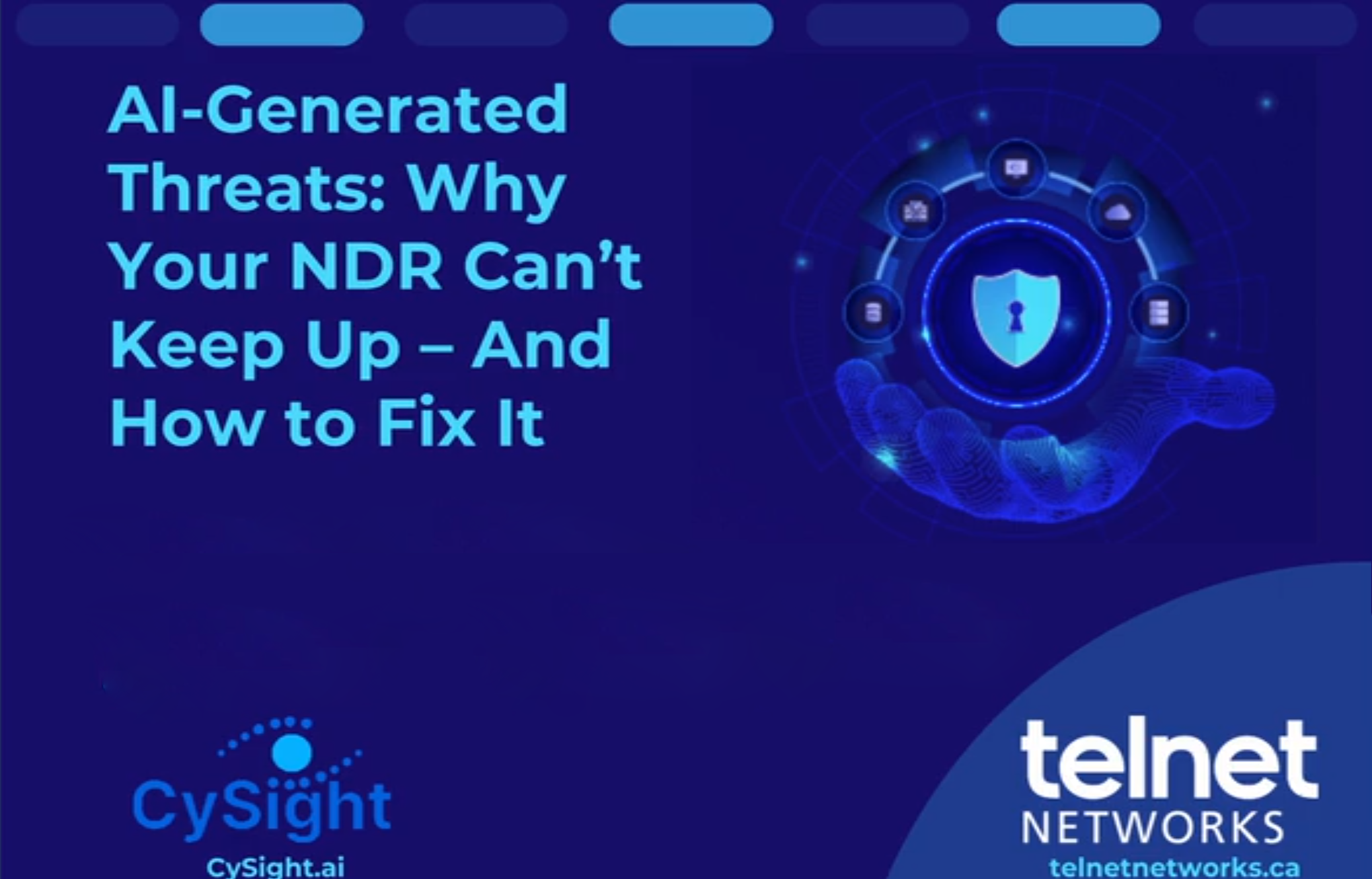Network management and monitoring is a large topic. It includes device monitoring and management, device cluster monitoring and management,network monitoring and management, application monitoring and management, problem resolution, and elements of network security as well. In this blog, I wanted to focus on device monitoring.
Devices are often referred to as network elements (NEs). They are millions, probably billions, of devices worldwide when you count printers, switches, routers, taps, etc. At this point, I’m not necessarily talking about the Internet of Things (IoT), where there are billions of end user devices that connect “into” the network. The devices I am referring to “are” the network. Each of these devices need to be managed and monitored once they are installed into the network. Simple Network Management Protocol (SNMP) is often the protocol of choice for this endeavor.
What is anSNMP?
SNMP is a device management protocol first developed by the Internet Engineering Task Force (IETF) in 1988. It uses Internet Protocol (IP) for communication. There are three components to an SNMP-based architecture: the devices being managed, agents, and the controller (called a network management system (NMS)).
SNMP is used to manage all sorts of devices. This includes: routers, switches, hubs, and lots of other IP-based network devices. The NMS communicates to these devices to get information from the device, to set values in the device’s variable list, and to receive asynchronous messages from the agent (often called a “Trap”).
Typical Use Cases
Here are some specific situations in which SNMP is particularly useful:
Component monitoring – Gathering basic data from devices like operational state, temperature, specific counts for pertinent data, data reports, etc.
Component management – Pushing new configuration changes to the device, initiating resets, and changing data reporting parameters.
Considerations
While device management and monitoring is important, here are some other things to keep in mind when monitoring your network:
Understand your NMS – Can it be integrated with the rest of your network management activities or will this be a stand-alone island? Using SNMP to control individual devices is important but many vendors have an element management system (EMS) that configures their individual devices. It may or may not us SNMP and there is a good chance it may not expose the SNMP data to your other management systems. This means that you need to be cognizant about how element management systems you will have in your network, what you can and cannot do with each one, and often you need to use each one. The fewer number of systems you interface with will lower costs and lower device management fatigue.
Understand device and NMS interoperability – Besides SNMP, there are other important protocols like REST. Do your devices and NMS system(s) support the REST protocol so that you can automate function and control of devices within your network? This will be very important to controlling management costs.
Thank you to Keith Bromely of IXIA, a Keysight Business, for the article.






